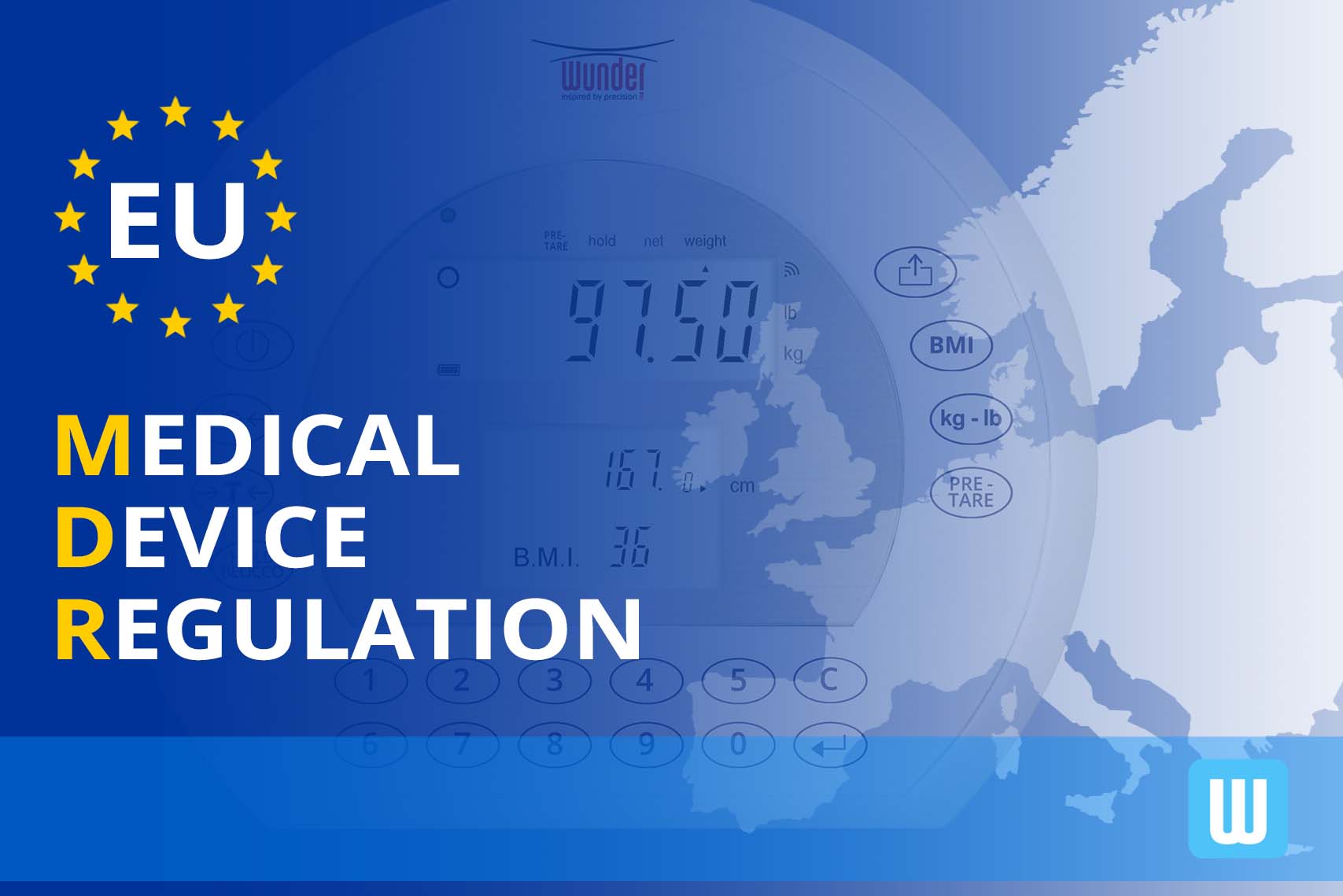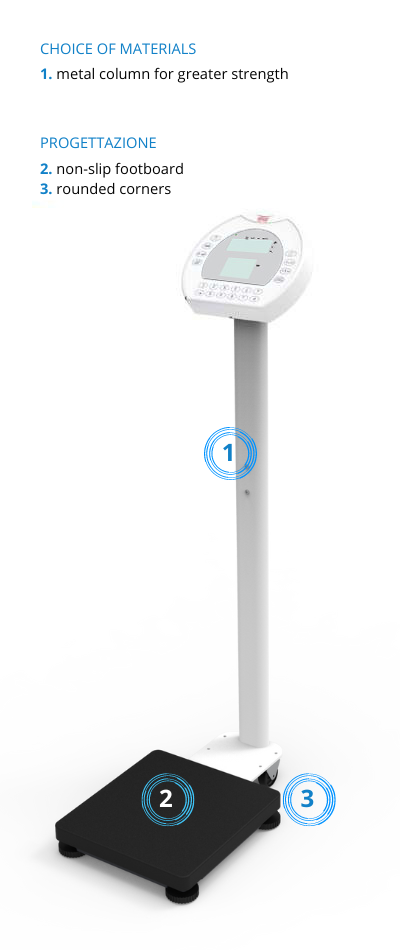
Medical devices play a fundamental and very important role in modern society as their development in the fields of diagnosis, prevention, treatment and rehabilitation makes it possible to provide the tools for adequate health care to each individual.
As of 26 May 2021, the new EU Regulation no. 2017/745 on medical devices, renamed Medical Device Regulation, or MDR, entered into force.
What is it about?
What is meant by medical devices?
And what does the new MDR provide for those who manufacture and distribute medical devices?
NB: this article is intended only to illustrate the main points of the new MDR and is NOT to be taken as a guideline. To read the full regulation, refer to the following link: EU Regulation No. 2017/745 MDR.
EU Regulation No. 2017/745, which was published in the Official Journal of the European Union on 5 May 2017 and entered into force on 26 May 2017, repeals Council Directives 90/385/EEC and 93/42/EEC and applies definitively as of 26/05/2021. As of this date, all certificates issued by notified bodies are issued on the basis of the new MDR with a validity of up to five years (art. 56 point 2). Upon expiry, the validity can be extended on the basis of a new evaluation, and always for a maximum duration of five years.
What happens instead to previous certificates issued under the Directive (MDD) and still valid?
These certificates will remain valid until their expiry date, which, however, may not be later than 26 May 2024 (art.120, par 2 of the Regulation). Once expired, it will be necessary to obtain the new MDR certification.
But why was the MDR necessary?
The new MDR was created with a twofold objective: to ensure the proper functioning of the European Union’s internal market by standardising legislation on medical devices in all member states, and to ensure the production and use of high quality and safe medical devices. In fact, the MDR comprises a series of articles and regulations governing the production, distribution, tracking and use of medical devices in accordance with the prescribed standards.
Before examining the main aspects of the new MDR, however, it is important to understand what is meant by medical devices.
Medical devices are divided into 2 macro areas:
IVDs are products such as reagents, calibrators or control material, intended for use in the examination of samples from the human body. They are used in health care facilities, by trained and experienced professionals.
These types of devices are not covered by the MDR Regulation, but are regulated by Regulation (EU) 2017/746 or IVDR.
As stated in Article 2 of the MDR, medical devices are defined as instruments, apparatus, software, implants, reagents, materials or other articles intended for use on humans, alone or in combination, for the following specific medical purposes:
and which does not exert its main intended action in or on the human body by pharmacological, immunological or metabolic means, but whose function may be assisted by such means.
In addition to these, medical devices are also considered:
For this type of medical device, the MDR Regulation also establishes the four risk classes (art. 51). The classes are I, IIa, IIb and III; where class I devices, are those that present the least risk from a safety perspective while class III devices, are those that present a high risk profile.
Article 5 of Regulation (EU) 2017/745 lays down several requirements that medical devices must meet in order to be placed on the European market. Let’s have a look at some of them:
One of the aspects to which it is important to pay particular attention are the elements and materials from which a medical device is made. In this regard, as specified in Annex 1 to the MDR Regulation, the materials of the medical device must be chosen according to the use that will be made of the device. This requires choosing materials with appropriate strength, ductility, fracture resistance, wear resistance, and fatigue resistance properties.
In addition, when choosing a material, the manufacturer must also take into account both possible toxicity and flammability hazards, as well as the material’s compatibility with any substances used, biological tissues, etc.
Medical devices must be designed and manufactured in such a way as to reduce as far as possible the risks posed by substances or particles (including wear debris, degradation products and processing residues) that may be released from the device, eliminate or reduce as far as possible the risk of infection and the risks deriving from unintended injury to patients and users, and allow easy and safe handling.
Lastly, if necessary, the devices must be designed to facilitate their safe cleaning, disinfection, and/or re-sterilisation.
The MDR Regulation has also set up a European database of medical devices called EUDAMED and, in order to facilitate its operation, the Commission has ensured that an internationally recognised medical devices nomenclature (art. 26) is available free of charge to manufacturers and other natural or legal persons required by this Regulation to use that nomenclature.
In addition, to enable the identification and traceability of devices, a unique device identification system (“UDI system” art. 27) consisting of the production of a UDI device identifier (“UDI-DI”) specific to a manufacturer and a device, and a UDI production identifier that identifies the unit of device production and, if applicable, the packaged devices (“UDI-PI”).
Once this identification code has been produced, it must be placed on the label of the device or its packaging and registered. This system makes it possible to track and find a devices in case of need, fast.

Esempio RB a colonna
In addition to these above-mentioned aspects concerning MD medical devices, the new MDR Regulation also sets detailed parameters and stricter requirements that every medical device supplier and distributor must comply with.
Among the most important aspects to be respected by manufacturers (art. 10), there are:
Let us look in more detail at some of these aspects and what they mean for manufacturers.
Before placing a device on the market, the medical device will then undergo a device conformity assessment procedure, according to the procedures laid down in the MDR Regulation.
In order to ensure the protection of public health and patient safety, if the manufacturer does not co-operate or the information and documentation provided is incomplete or inaccurate, the competent authority may take all appropriate measures to prohibit or restrict the making available of the device on its national market, to withdraw the device from that market, or to recall it until the manufacturer co-operates or provides complete and accurate information.
Distributors are obliged to place only MDR-compliant devices on the EU market and to do so, they verify that all of the following requirements are met:
Finally, distributors and importers shall cooperate with manufacturers or authorised representatives in order to achieve an appropriate level of traceability of devices.
Having the right medical devices to assist one’s patients is of paramount importance. By choosing MDR-certified devices, you can benefit from high quality products that are effective and in line with current standards set by the European Union.

As a manufacturer of weighing systems applied to the healthcare/hospital sector, Wunder holds MDR certification for the production of medical devices, guaranteeing products that are reliable, functional and in line with current regulations.
Discover some of our products.
CONTACT US to find out more or to get information about our devices.
Discover the Wunder world, join us!
WUNDER
Inspired by precision.